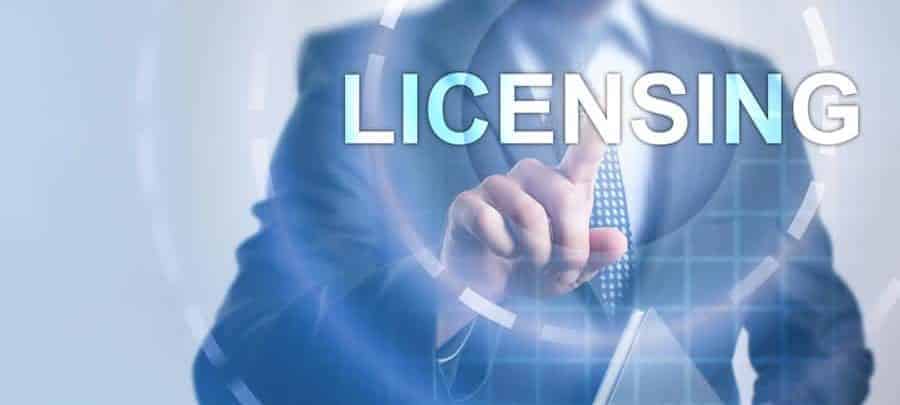Indirect Access only becomes a problem in some scenarios. As long as SAP licenses for third-party applications are required to prevent so-called multiplexing, for example, most partners are willing to purchase them. This approach prevents partners of a SAP solution, say one for invoice or order processing, from simply using and profiting from their own UI without SAP, the actual solution developer, seeing its share.
Tariffs for add-ons
However, SAP has gone far beyond its original objective. It almost seems like SAP wants to charge a kind of tariff for exchanging data between add-ons and its systems. This allows it to better control access to the data processed in SAP systems and to tap into the financial benefit created by the add-ons.
How else would you explain how customers, who have already purchased a license to use their SAP applications with NetWeaver, need further NetWeaver licenses to run third-party applications in the very same environment?
In its price and conditions list, SAP substantiates its claim to be financially compensated with the value created by add-ons. Here, the term “access” is defined as “executing the software’s process function, loading, executing, access to, use of software or displaying data resulting from these functions”.
Following SAP’s definition, “access” of SAP software may “take place via an interface, which was supplied with the software or as part of the software, via an interface belonging to the ordering party or a third supplier or via another intermediary system.”
According to the definition of “access”, as it is understood by SAP, it always requires consent and payment of a fee if a process function in the SAP system is triggered by the add-on. This view is disputed in legal circles.
Does Indirect Access require a license?
According to Juergen Beckers, lawyer and owner of Rechtsanwaelte BDH in Germany, a law firm which specializes in software and IT law, a clear opinion has now formed among legal experts that licenses can only be charged for Indirect Access in a very limited number of cases.
This legal opinion is based, among other things, on the 2009/24/EC European Directive on the legal protection of computer programs, stating, “The function of computer programs is to communicate and operate with the other components of a computer system and the users.” Many legal experts believe that the Indirect Access of software by third-party programs is therefore in compliance with the law and does not require a license.
In April this year, SAP published a new price list and a white paper titled “SAP ERP Pricing for the Digital Age” paper, aiming to silence previous discussions about the requirement for licenses for Indirect Access. These two documents no longer make any mention of Indirect Access.
According to the new definition, SAP software is always being accessed when processing activity of the SAP software is called upon – be it by people or things, i.e. third-party applications. SAP now calls such use of its software by third-party applications “Digital Access”. In the future, documents and transactions will form the basis for calculating the number of licenses needed for Digital Access.
The problem of licenses
Through this approach, it seems like SAP hopes to secure its licensing income in the digital age, which is all about system networking and inter-machine communication. However, SAP’s licensing policy remains a problem for its business partners – be it development partners or user companies – because the SAP license costs, triggered by third-party applications networking with SAP, are still hard to calculate and far too high.
What’s more, the new regulations of the digital age still leave considerable room for interpretation, which will cause legal uncertainty and conflicts if SAP uses it for its own benefit, as has frequently happened in the past.
Developing independently of SAP
For our company tangro as an application developer, SAP’s licensing policy gives us a clear direction. It goes without saying that we will continue to support SAP as a platform – but only in cases where it is useful for ourselves and our customers. Consequently, we will continue to offer our SAP solutions for processing inbound documents for SAP’s ERP system and of course also for S/4 Hana.
However, tangro will not use the SAP Cloud platform as a strategic platform for future developments. It will instead use tangro application architecture with its patented development method, based on process modeling and high levels of reuse. In the SAP environment, the architecture is only used in the development of our solutions for processing inbound documents.
The application architecture is not related to the runtime environment, though. We will therefore develop our new SaaS solutions in the cloud completely independently of SAP – and not even on a cloud platform provided by SAP.






















Add Comment